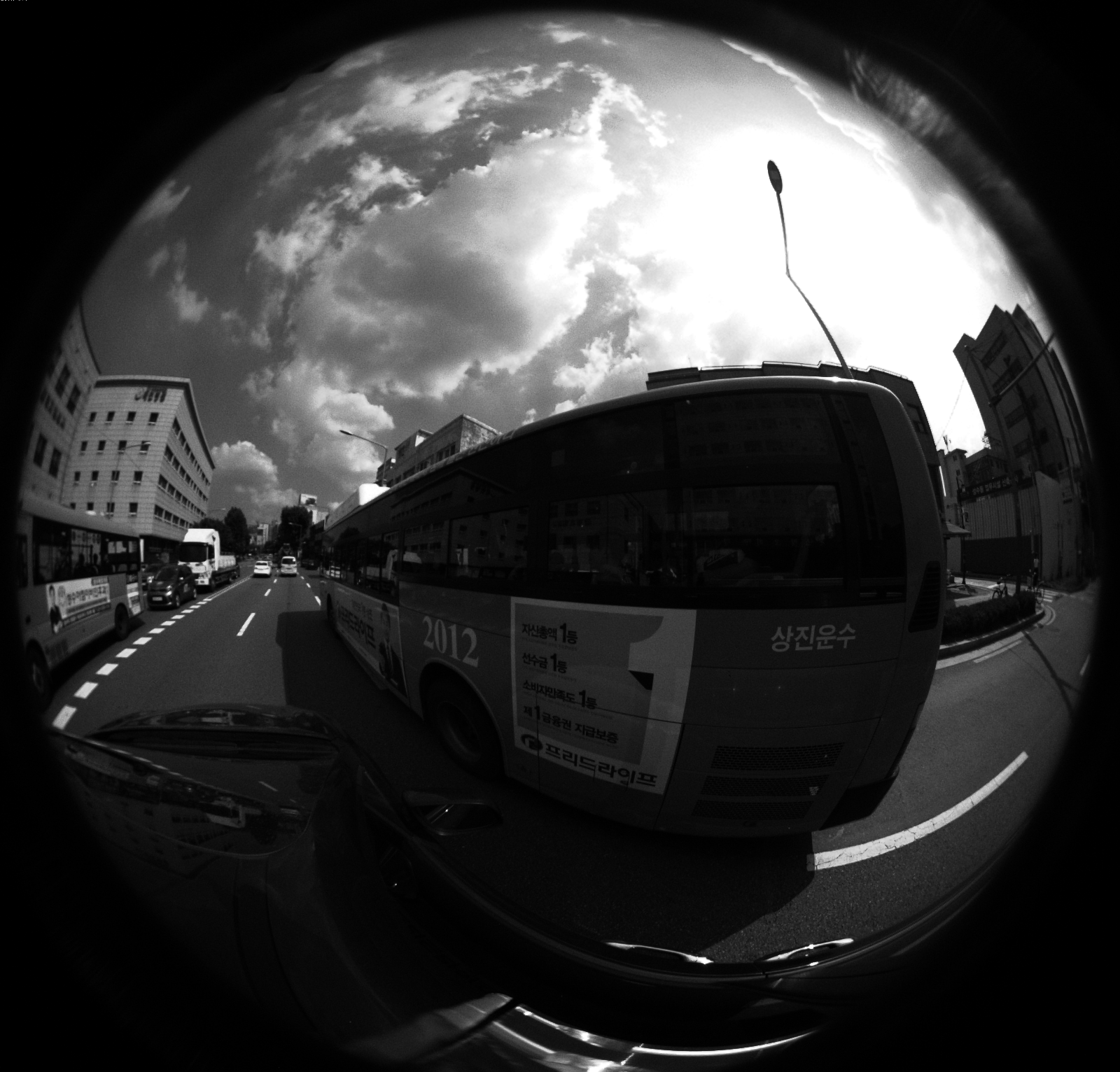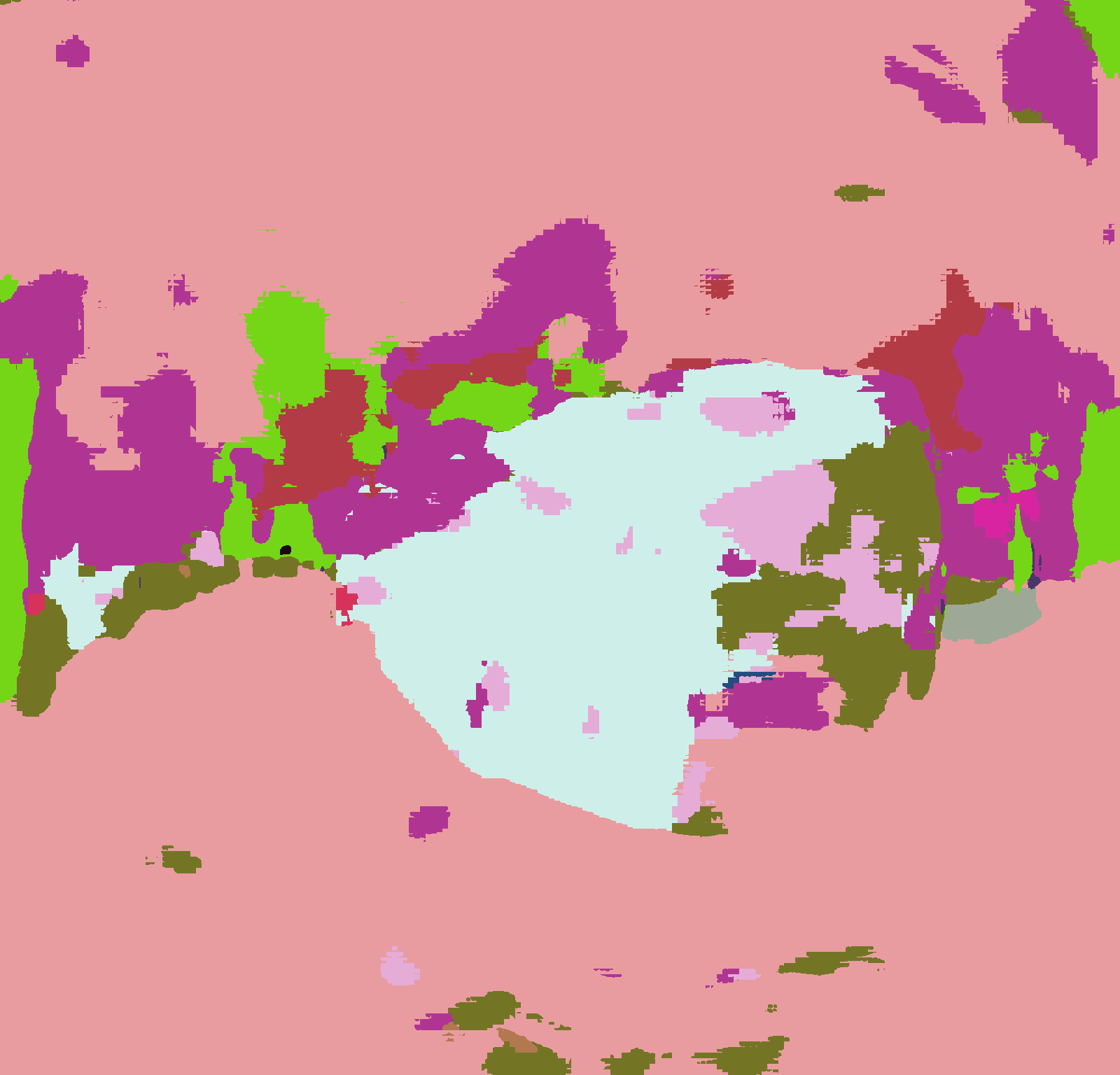- colab 환경에서 돌릴수 있게 셋팅해둠
- 구글 드라이브에서 이미지 불러오기 및 저장 경로 셋팅이 필요
- 1600*1600 이미지당 0.03~0.04초 소요
ref . https://github.com/CoinCheung/BiSeNet
My implementation of BiSeNetV1 and BiSeNetV2.
The mIOU evaluation result of the models trained and evaluated on cityscapes train/val set is:
| none | ss | ssc | msf | mscf | fps(fp16/fp32) | link |
|---|---|---|---|---|---|---|
| bisenetv1 | 75.55 | 76.90 | 77.40 | 78.91 | 60/19 | download |
| bisenetv2 | 74.12 | 74.18 | 75.89 | 75.87 | 50/16 | download |
Where ss means single scale evaluation, ssc means single scale crop evaluation, msf means multi-scale evaluation with flip augment, and mscf means multi-scale crop evaluation with flip evaluation. The eval scales of multi-scales evaluation are
[0.5, 0.75, 1.0, 1.25, 1.5, 1.75], and the crop size of crop evaluation is[1024, 1024].
The fps is tested in different way from the paper. For more information, please see here.
Note that the model has a big variance, which means that the results of training for many times would vary within a relatively big margin. For example, if you train bisenetv2 for many times, you will observe that the result of ss evaluation of bisenetv2 varies between 72.1-74.4.
My platform is like this:
- ubuntu 18.04
- nvidia Tesla T4 gpu, driver 450.51.05
- cuda 10.2
- cudnn 7
- miniconda python 3.6.9
- pytorch 1.6.0
With a pretrained weight, you can run inference on an single image like this:
$ python tools/demo.py --model bisenetv2 --weight-path /path/to/your/weights.pth --img-path ./example.png
This would run inference on the image and save the result image to ./res.jpg.
1.cityscapes
Register and download the dataset from the official website. Then decompress them into the datasets/cityscapes directory:
$ mv /path/to/leftImg8bit_trainvaltest.zip datasets/cityscapes
$ mv /path/to/gtFine_trainvaltest.zip datasets/cityscapes
$ cd datasets/cityscapes
$ unzip leftImg8bit_trainvaltest.zip
$ unzip gtFine_trainvaltest.zip
2.custom dataset
If you want to train on your own dataset, you should generate annotation files first with the format like this:
munster_000002_000019_leftImg8bit.png,munster_000002_000019_gtFine_labelIds.png
frankfurt_000001_079206_leftImg8bit.png,frankfurt_000001_079206_gtFine_labelIds.png
...
Each line is a pair of training sample and ground truth image path, which are separated by a single comma ,.
Then you need to change the field of im_root and train/val_im_anns in the configuration files.
In order to train the model, you can run command like this:
$ export CUDA_VISIBLE_DEVICES=0,1
# if you want to train with apex
$ python -m torch.distributed.launch --nproc_per_node=2 tools/train.py --model bisenetv2 # or bisenetv1
# if you want to train with pytorch fp16 feature from torch 1.6
$ python -m torch.distributed.launch --nproc_per_node=2 tools/train_amp.py --model bisenetv2 # or bisenetv1
Note that though bisenetv2 has fewer flops, it requires much more training iterations. The the training time of bisenetv1 is shorter.
You can also load the trained model weights and finetune from it:
$ export CUDA_VISIBLE_DEVICES=0,1
$ python -m torch.distributed.launch --nproc_per_node=2 tools/train.py --finetune-from ./res/model_final.pth --model bisenetv2 # or bisenetv1
# same with pytorch fp16 feature
$ python -m torch.distributed.launch --nproc_per_node=2 tools/train_amp.py --finetune-from ./res/model_final.pth --model bisenetv2 # or bisenetv1
You can also evaluate a trained model like this:
$ python tools/evaluate.py --model bisenetv1 --weight-path /path/to/your/weight.pth
You can go to tensorrt For details.

